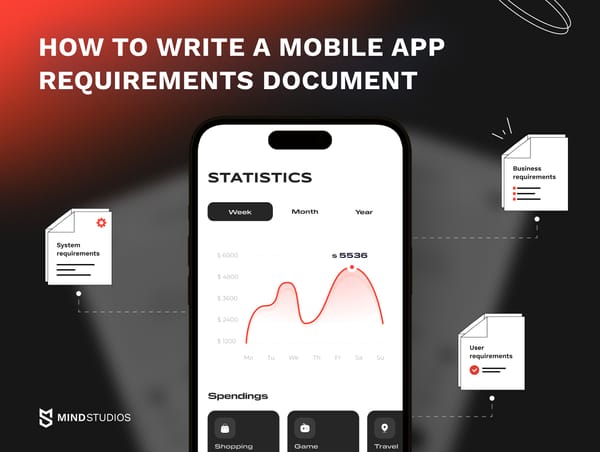This article provides a detailed breakdown of how much it costs to make an app, covering the key factors that influence pricing and what to expect at each stage of development.
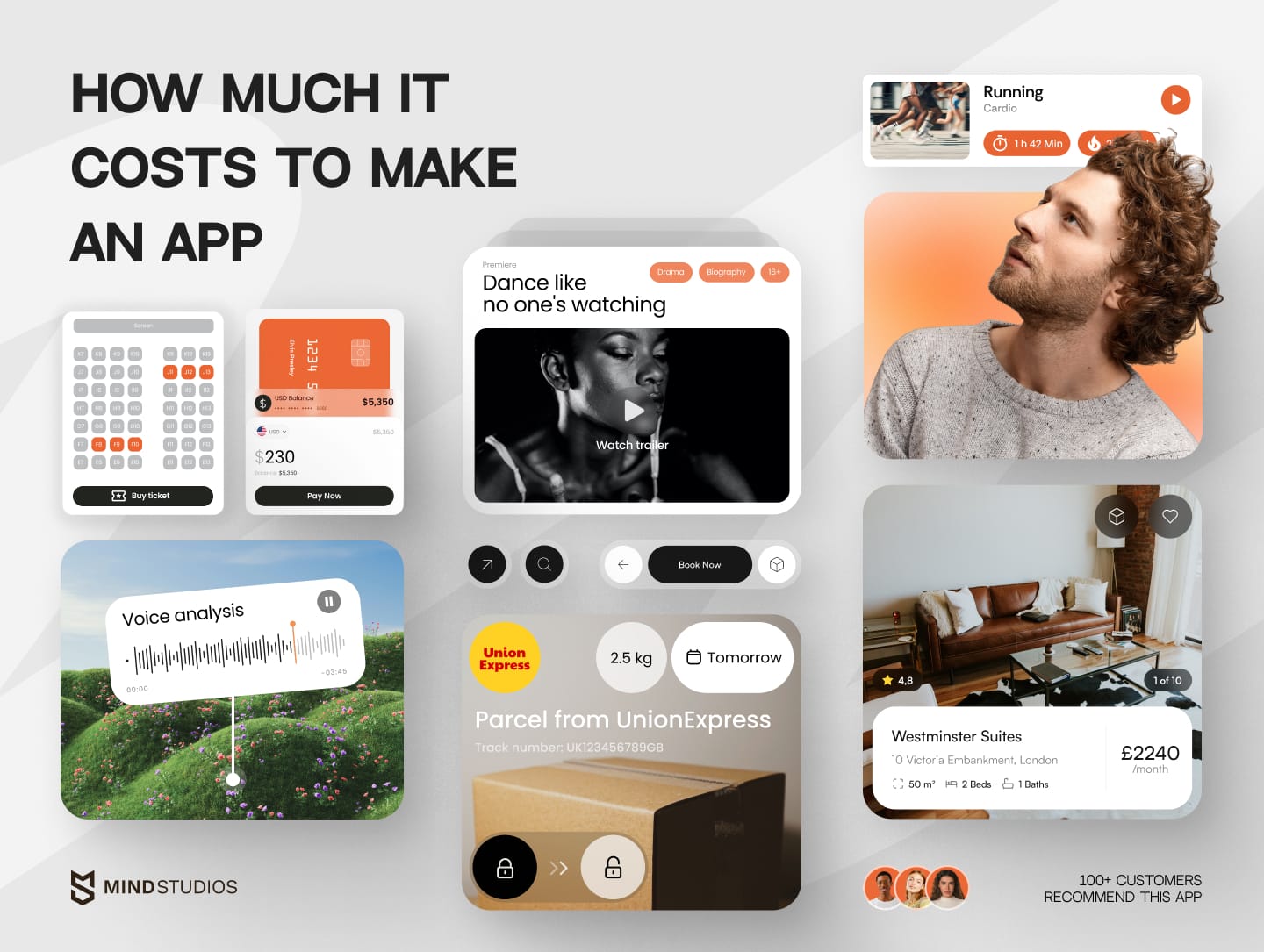
There’s a huge difference between a $30.000 and a $200,000 budget for a mobile application. However, both numbers can be an accurate answer to the question “How much does it cost to create an app in 2025”
The thing is, there are countless factors that can affect mobile app development costs. Do you want to build an app for both iOS and Android? What country is the app development team you want to hire from? What type of app do you want to build? Depending on the answers to these questions, the cost of your project will significantly vary.
Highlights:
- A simple login button can cost more than you think—find out why.
- Think your app idea is cheap? The devil’s in the development details.
- Budgeting without a plan? That’s how apps go from $10K to $100K fast.
Since the company was established in 2013, Mind Studios’ team has created over 50 mobile apps. In this article, we speak from experience, dig into the most influential factors contributing to mobile app costs and provide you with real app cost examples.
With this knowledge, you’ll be able to roughly calculate the cost to build your mobile app + find a free checklist with 12 ways to lower the app development cost. And for a more precise estimate, feel free to get in touch with our managers.
Mobile App Development Cost examples
As is evident from everything above, there are so many factors that influence the development process that it’s difficult to come up with the price to create an app on the spot. At Mind Studios, we write articles where we share our inside look into the development of different types of apps, and that includes cost estimates.
Here are several examples that demonstrate the costs of creating an app for both iOS and Android, which we’ve estimated in 2023. The estimates are based on an average Eastern European rate of $45/hour:
- Fitness app like FitBit — $84,600
- Dating app like Tinder — $108,470
- VoIP app like Discord — $99,950
- Educational app like Udemy — $82,440
- Messaging app like Signal — $100,080
- Meditation app like Headspace — $76,590
- Food delivery app like Postmates — $130,500–148,500
- AR furniture app like IKEA Place — $91,800–124,200
- Marketplace app like Etsy or eBay — $137,700–162,000
How much does it cost to make an app you have in mind, and what are the ways to find that out? If you have a clear idea of what you want to create, you can either ask an app development company for a rough estimate (that’s what our contact page is for) or you can use an online app cost calculator.
Cost for app development by stages
The whole app development process can be divided into four main stages. Let’s take a look at how much each of them might cost and what percentage of the overall process they make up for.
Below, you can see a diagram that demonstrates the share of each stage in the medium-complexity app development process.
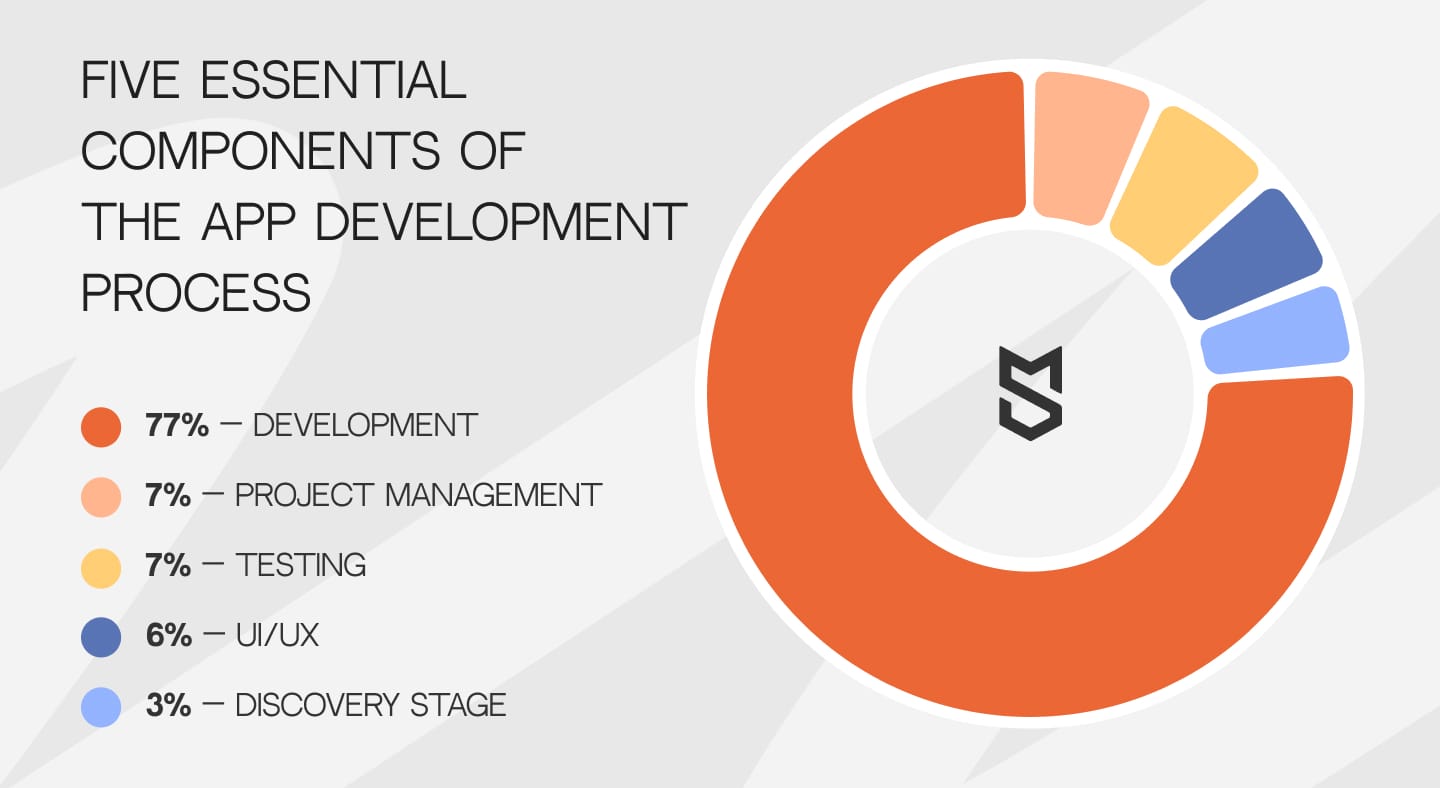
Keep in mind that the calculations below are based on the hourly rate of $45 and are applicable to medium-complexity projects, such as an on-demand delivery app or a fitness app.
- Discovery stage, during which the team analyzes the market and the target audience, calculates the risks, and comes up with the solutions that can make the app a success.
Approximate time and cost: 80 hours, $3,600 - UI/UX design stage, during which the team of UI/UX designers determines the features for the app and develops its visual concept. The results of this stage are presented in the form of prototypes — visual mockups of each screen of the app.
Approximate time and cost: 160 hours, $7,200 - Development stage, during which the team of developers transforms the prototypes into a full-functioning mobile application. The estimate below includes iOS, Android, and backend development.
Approximate time and cost: 2080 hours, $93,600 - Testing, during which QA engineers try out the app and look for bugs to report to the development team so that those can get fixed.
Approximate time and cost: 200 hours, $9,000
One more important component of the overall development cost is the project management part. It’s not actually a stage per se, but rather a tool that helps the client and the team stay on the same page throughout the entire cooperation. On average, this service requires 200 hours and costs $9000 for a medium-complexity project.
Cost of development by mobile app type
So, how much does it cost to develop an app? To answer this question, the development team needs to know what type of application you want to build. We’ve collected some of the most common app types in the table below. Keep in mind that the estimates are based on an hourly rate of $45.
| Type of app | Examples | Timeline | Average cost |
|---|---|---|---|
| Basic app with a minimum number of features | Video player, calculator | 1 month | $16,000+ |
| Data-driven app | Weather | 1 month | $16,000+ |
| Authentication app | McDonald’s Loyalty App | 3 months | $45,000 |
| Social networking app | Instagram, Facebook | 3 — 9+ months | $45,000 – $198,000+ |
| eCommerce app | Etsy, eBay | 6 months | $129,600 |
| Marketplace app | Amazon, Booking.com | 6 – 9 months | $124,000 – $194,000 |
| On-demand app | Uber, Postmates | 8 – 12 months | $130,500 – $200,000 |
| eLearning app | Duolingo, Udemy | 4 – 6 months | $86,400 – $124,000 |
| Healthcare app | Headspace | 5 – 8 months | $108,000+ |
| IoT app | Nest, Garmin Connect | 4 – 6 months | $86,400 – $124,000 |
| Video Streaming App | Netflix, Hulu | 6 – 9 months | $124,000 – $194,000 |
Obviously, these are just some of the most common types of mobile apps out there. If you have an idea for something entirely different and even innovative, don’t hesitate to book a consultation with our business development team. We’ll gladly hear your ideas out and answer all of your questions.
What factors into the cost of app development?
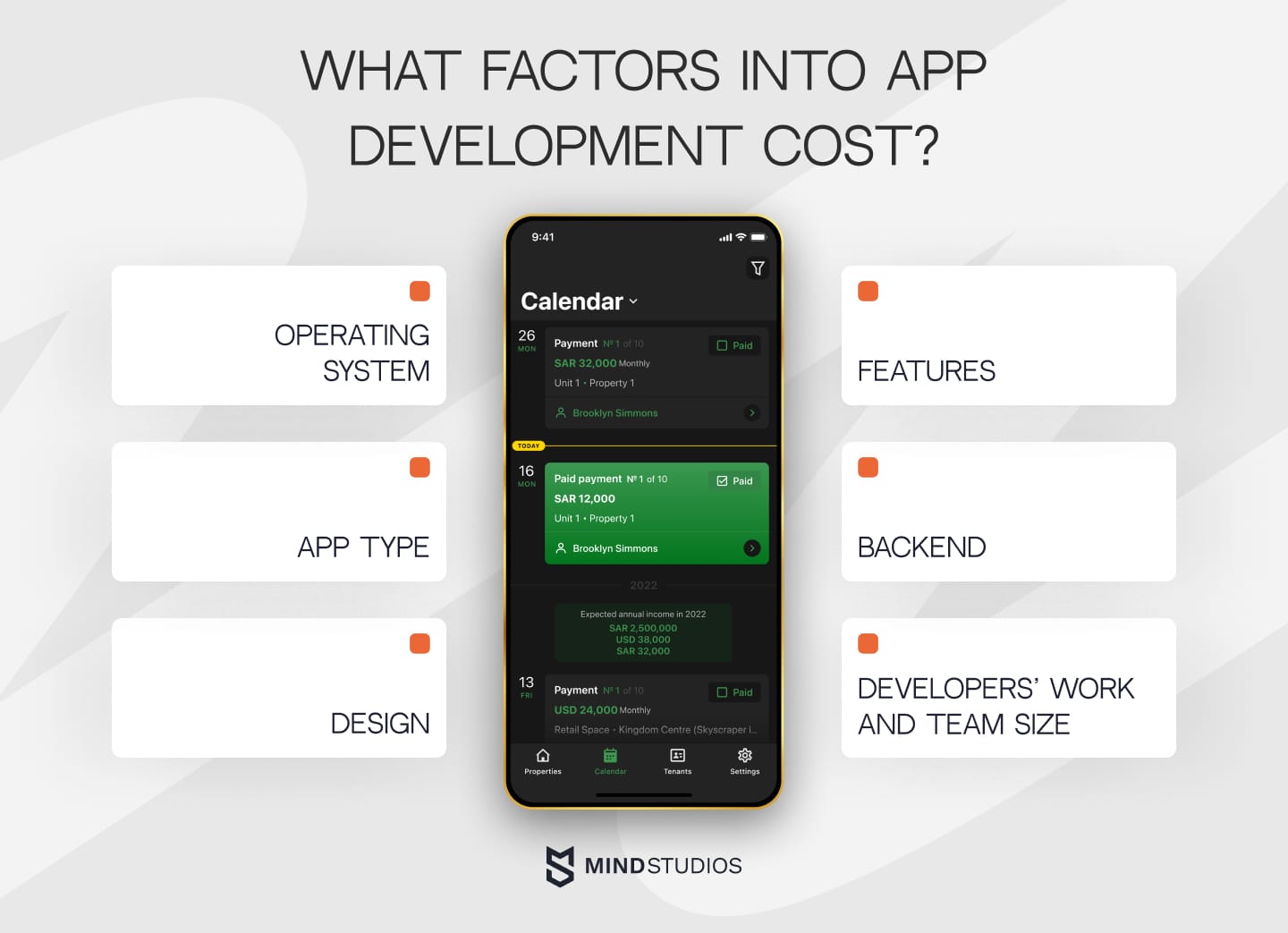
As with any complex app development process, there are a number of factors that can influence the final cost of your mobile app. The mobile app cost breakdown consists of many factors. Let's look at the major ones.
iOS and/or Android
There are two major operating systems for mobile devices: Android and iOS. They aren’t the only ones, but they dominate the mobile world, with Android holding 72.26% of market shares, and iOS 27.11% as of 2023.
If your customers use both iOS and Android devices, you’ll have three options:
- Choose one platform for your first app and add support for the other later.
- Build two apps right away.
- Build either a cross-platform or hybrid app (more on those later).
If you’re choosing one platform to start with, the difference in cost will mostly depend on how long the development takes. Average iOS and Android app development costs are more or less similar — unless you decide to hire a US-based app dev team, in which case Android development rates are likely to be higher. In South America and India, iOS development costs a little bit more than Android.
Building an Android mobile app generally takes longer, one of the reasons being that your team will need to test on a wider range of devices.
App type: native, cross-platform, or hybrid
The type of app makes the biggest difference in estimating the cost. First, what are these types of apps?
Native mobile apps are created specifically for one mobile platform. For a regular user, it’s impossible to run an APK file (executable for Android) on an iPhone or an IPA (executable for iOS) on an Android device.
Android and iOS use different programming languages and frameworks: Java and Kotlin for Android, Swift and Objective-C for iOS. When your target audience uses both Android and iOS devices, and you decide to support both platforms with native apps, it means you’ll need to build two separate apps: one for Android and one for iOS.
However, you do have options for building one app for both platforms (aside from a web app, or a responsive website):
- Cross-platform app
- Hybrid app
A cross-platform app can be written in C# with Xamarin or JavaScript with React Native, and hybrid apps use AngularJS and its Ionic framework. Any of these options will work on both Android and iOS devices.
Now, you might be thinking,
Why would I make apps for each platform when I can make one app for both?
Indeed, it’s faster and cheaper to build a hybrid app than a native app, let alone two. However, you should be aware of the drawbacks cross-platform and hybrid apps bring to the table. Here’s a short comparison:
Native apps |
Cross-platform apps |
Hybrid apps |
|
|---|---|---|---|
Pros: |
|
|
|
Cons: |
|
|
|
Despite all the drawbacks, there are still a number of popular cross-platform and hybrid apps, including Skype, Slack, and Instagram. The trick is deciding what kind of app your business needs. Maybe the cons won’t matter for your particular app. But maybe they will.
App Design Cost
Great visuals are the cornerstone of a good app, so it hardly comes as a surprise that design can influence the cost of building an app. Custom icons and design elements — screens, logos, buttons — will take time and cost a lot. And each screen in an app needs to be drawn separately. Making custom animations is a whole other challenge, but they’re often a winning feature.
That being said, great design doesn’t always mean complex visuals. Sometimes, simplicity is the best answer: Depending on what your app does, it might be possible to use standard OS-provided elements that don’t require much time and effort to compose.
Design is an especially important part of the price of mobile application development when it comes to games, of course
Features
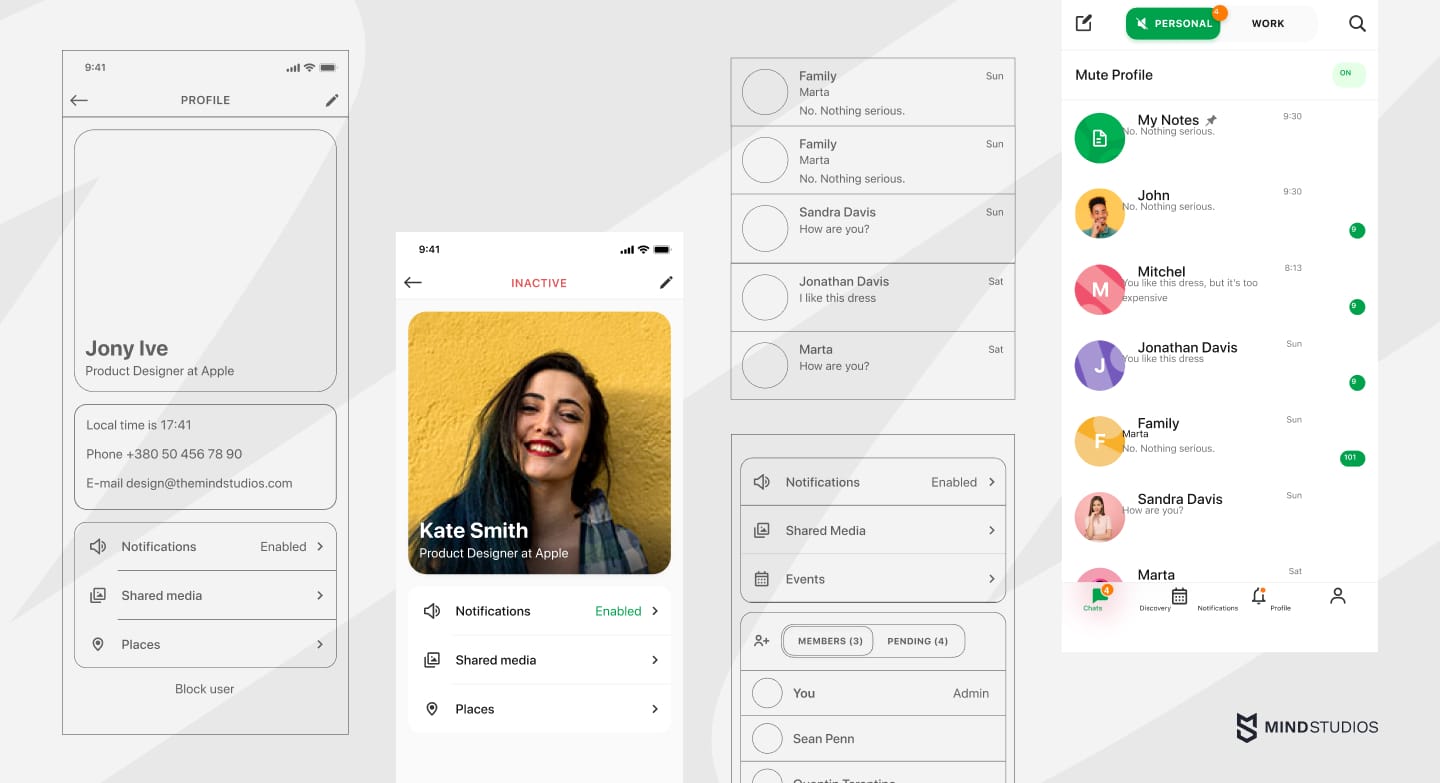
The cost of mobile app development is largely based on the number of features — but that’s not all.
The complexity of those features is sometimes more influential. Some features only use standard tools and APIs. Others require the integration of third-party APIs. A third type requires custom-built algorithms.
It’s an industry standard of sorts to divide mobile apps into three categories based on complexity:
| App Complexity | Features | Development Time | Cost Range |
|---|---|---|---|
| Simple Apps | Minimum features, easy to build, often an MVP | 2 to 4 months | $18,000 – $60,000 |
| Medium Complexity Apps | More screens, more features (e.g., social login) | 6 to 10 months | $50,000 – $130,000 |
| Complex Apps | Advanced features (e.g., AR/VR, bots, payments, NFC, media streaming) | 7+ months to over a year | $130,000 – $500,000+ |
Backend
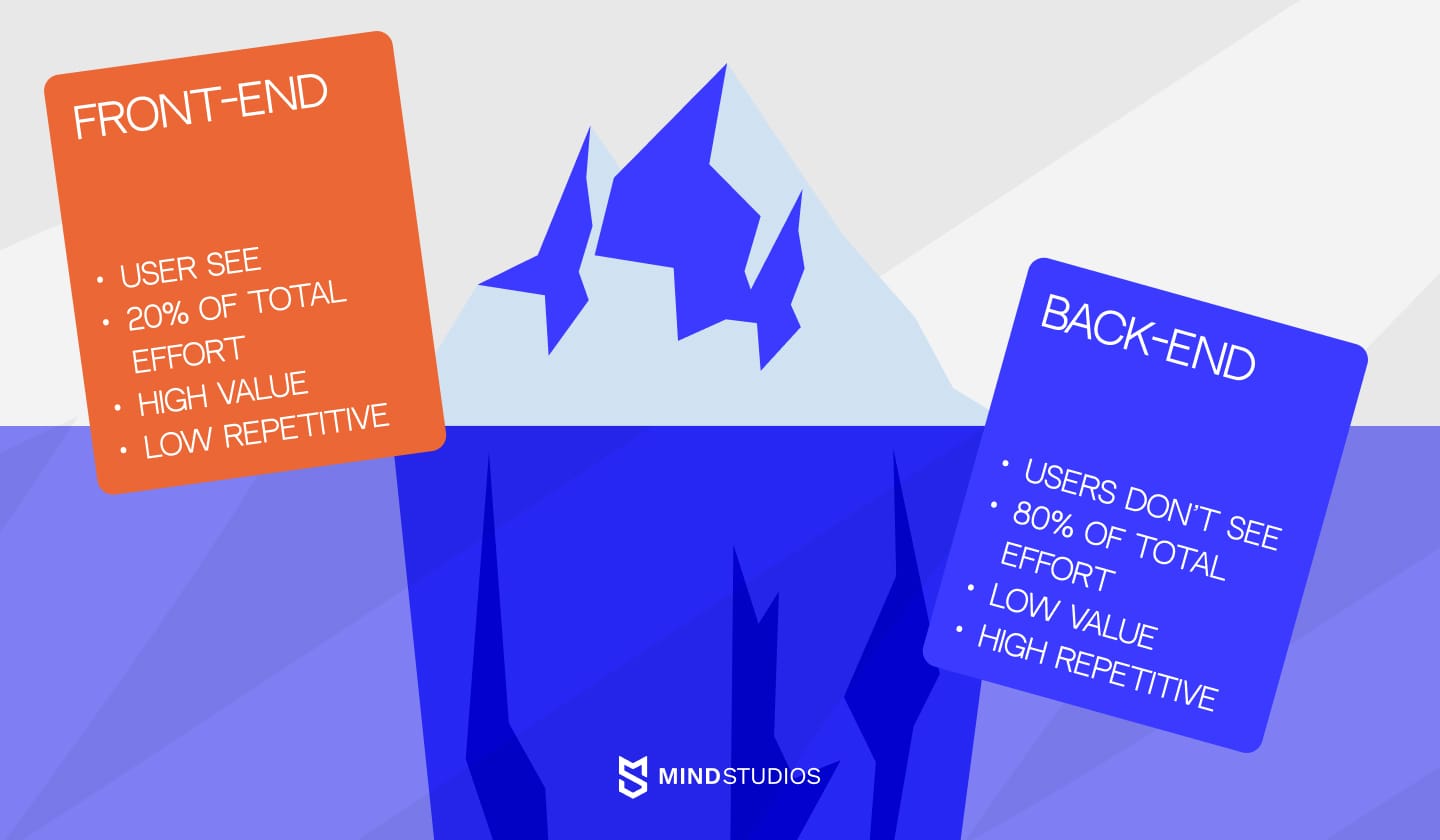
The backend, or server-side, is the part of your app that’s invisible to your users but supports some of the more complex features, like syncing between devices and push notifications (though the latter can be handled by cloud integrations today). Servers run your databases, custom and third-party APIs, and more.
A backend isn’t mandatory, but if your app needs one, you’ll need to hire a separate developer for it — one who works with Ruby on Rails or Python, for example. And that developer will, of course, add to the cost of your app.
Developers’ work
When someone asks, How much does it cost to develop an app? the answer is usually calculated based on how much time is needed for analysts, developers, designers, and testers to complete all development stages. But developers’ work can actually be calculated in two ways:
- In hours, which is the traditional way of measuring the complexity of tasks. Developers estimate the time they’ll need to build each feature, add some margin for unexpected complications, then add up the time for all tasks and multiply it by the hourly rate. Easy.
- In story points, a system that’s being used increasingly in Agile development. The gist of the story points system is that instead of trying to predict how much time development of a particular feature will take, the feature (or story) is assigned a number of points for difficulty.
Outsourcing vs in-house team
In-house development means hiring a team of specialists who will sit in your office and work only on your project.
Outsourcing means hiring a separate company to do the development for you without the developers being within your arm’s reach, so to speak.
Both options have their pros and cons, but here we’ll primarily focus on their cost differences.
To cut a long story short, hosting a team of developers in your company is a way more expensive endeavor than outsourcing. Having an in-house team means you’ll be paying for:
- Salaries (obviously)
- Taxes
- Extra office space and workplaces
- Hardware and software
- Developers’ tools
- Social benefits and everything else you pay for your regular employees
Depending on where your office is located, these costs can differ greatly. It’s not possible to even state general numbers. Sometimes an in-house team is justified, especially if you have more than one mobile product and need to constantly update them. In other cases, outsourcing is a more sensible choice. And outsourcing can be calculated with at least some precision.
The biggest part of the cost of outsourcing lies in the geographical location of the company you’re hiring. Here’s a list of parts of the world sorted by average hourly rates, from the most to the least expensive:
- North America (US and Canada) — $100-150 per hour (depending on the region)
- Australia — $110 per hour
- Western Europe (UK, Germany, Austria) — $90 per hour
- South America — $50 per hour
- Eastern Europe (Poland, Ukraine, Romania, Bulgaria)— $40-50 per hour
- Asia (China, India, Philippines) — $30 per hour
- Africa (Egypt, Kenya, South Africa) — $30 per hour
Knowing these approximate rates, we can estimate the average mobile app development cost in different regions. To do so, we only need to go back a little and recall the average development time for all three types of apps:
- Small app — 2 months minimum
- Medium app — 6 months average
- Complex app — 8 months to more than a year
With 40 working hours a week and 4 weeks in a month, we get this:
— 40 × 4 = 160 hours a month
So here’s the answer to the question “How much does an app cost in different regions?”
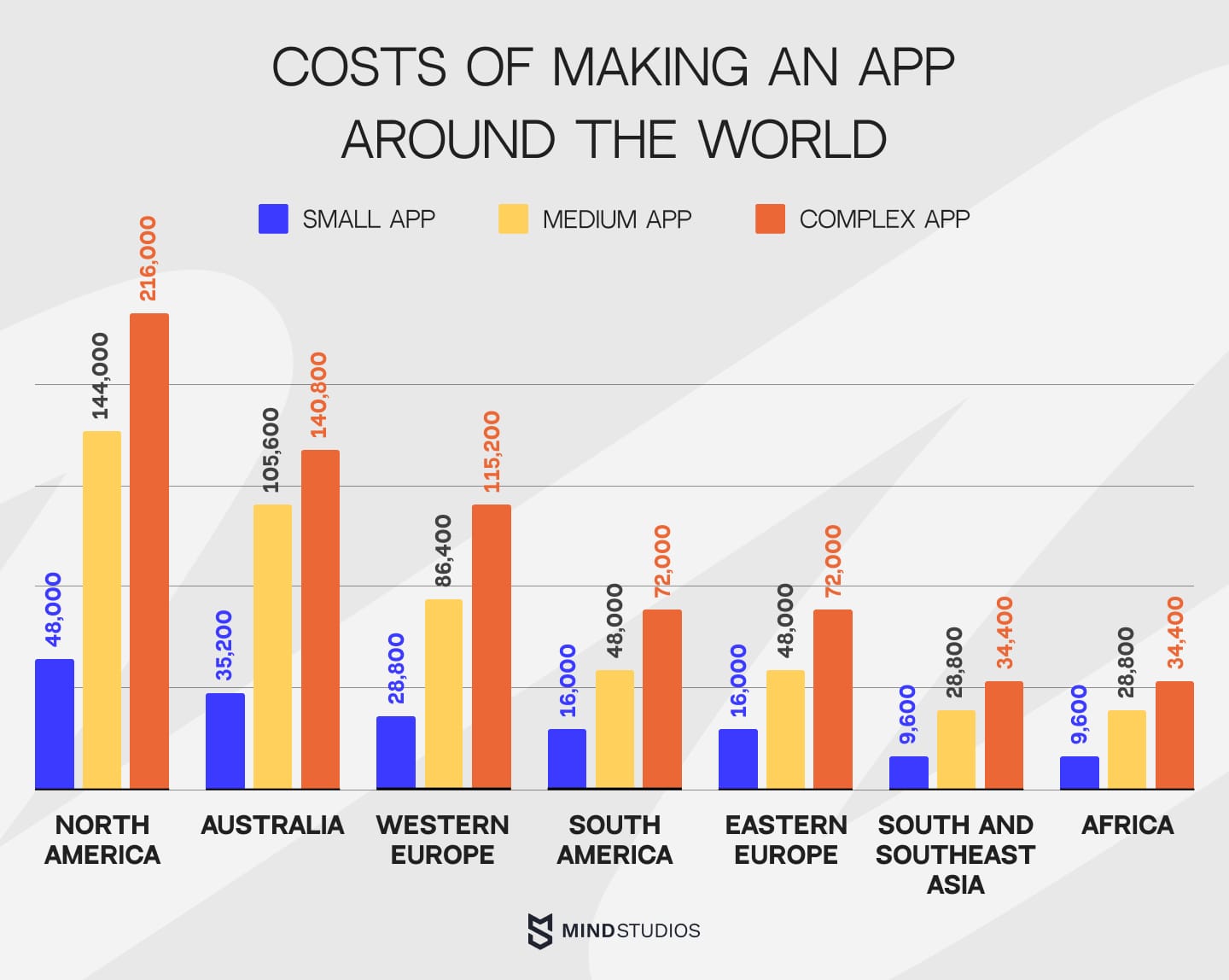
Total: What goes into the cost of mobile app development?
Let’s sum up with a mobile app development cost breakdown:
- App type (native, cross-platform, hybrid)
- Platform (iOS, Android)
- Design
- Features/complexity
- Developers’ pay (depends on the location/hourly rate and team size)
Behind the scenes of app development: What It really takes
When people ask, “How much does it really cost to build an app?”, they’re usually looking for a simple number. But the truth is, app development is more than just hours and budgets—it’s about turning a vision into a powerful, real-world solution.
At Mind Studios, we know what it takes to bring ambitious ideas to life. Take Unight, for example—a platform that transforms nightlife experiences. It’s not just an app; it’s an entire digital ecosystem, including iOS and Android apps, websites, dashboards, and even a WeChat mini-program. Developing something of this scale required strategic planning, top-tier expertise, and a seamless execution process.
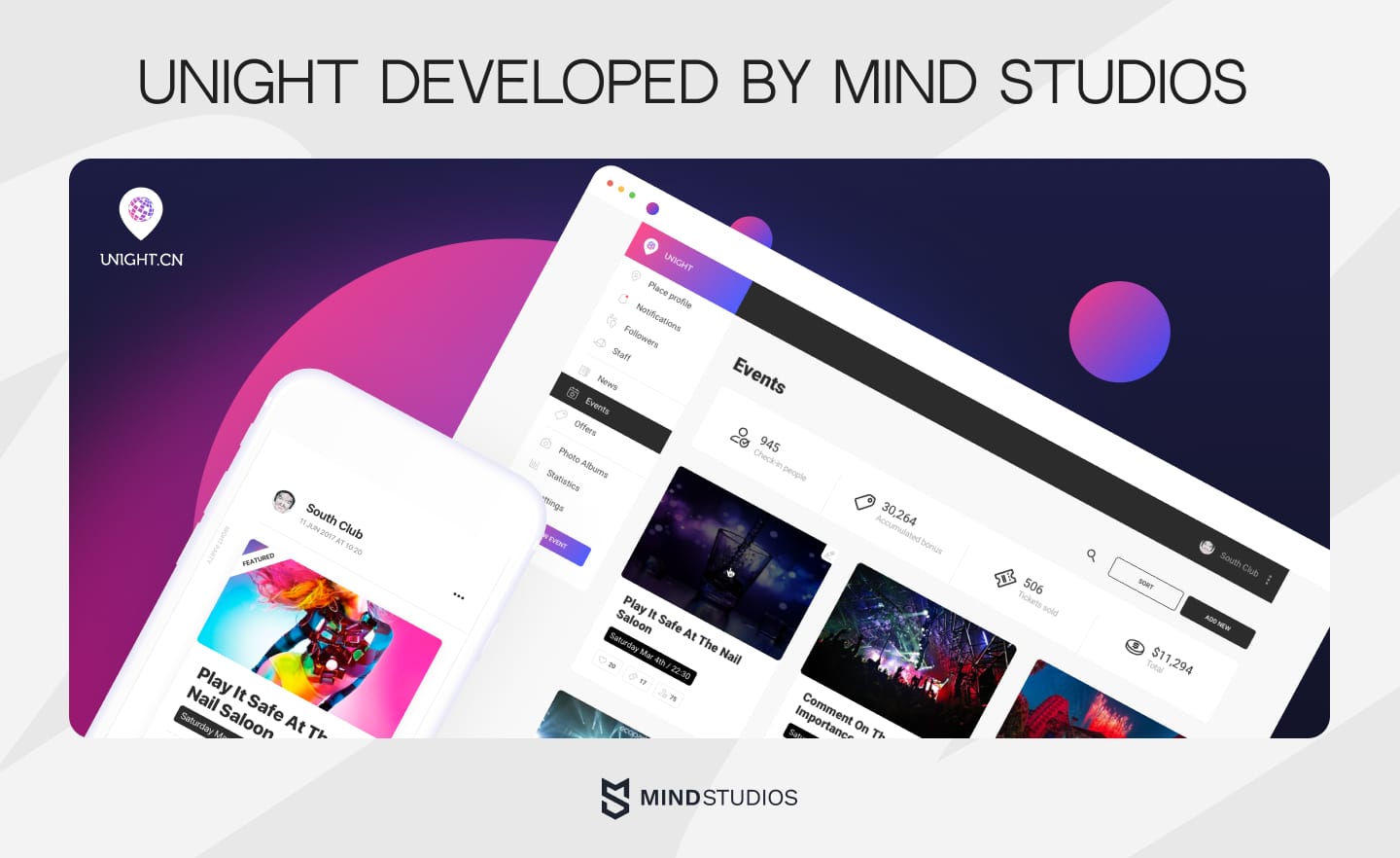
With a dedicated team of 13 specialists working tirelessly, we invested over 7,000 hours to craft a solution that stands out. The total cost? $280,000—a testament to the effort, skill, and innovation that goes into building not just an app, but an experience people love.
Now, take a look at the feedback video from one of our clients. By the way, if you're looking for a development partner who understands the bigger picture, let’s talk.
Hidden costs of mobile app development

The cost of creating an app is not limited to the development process. Along the way, there might (and probably will) be additional expenses that you have to take into account. Here are the five most common hidden costs that you might not have thought of.
At Mind Studios, we help our clients plan for everything that comes after launch—like Our team walks you through all the hidden costs upfront and helps you make smart, long-term decisions so your app stays reliable, secure, and scalable over time.
Maintenance and updates
The app launch is definitely a significant milestone, but it’s not the endgame. As long as the app is available on the app stores, you will have to take care of maintaining it, react to user feedback, and provide regular updates.
According to the Outsystems Survey, an app’s maintenance cost during the first year after launch costs owners approximately 50% of the mobile application development cost. The second year usually costs 25%, and each subsequent year will require 15-25%.
Maintenance and updating services typically include:
- Code optimization
- Server improvements
- Bug fixing and application updates
- New features and technologies
- Support for new OS versions
- App scalability
Infrastructural costs
These expenses are mainly connected to app hosting on servers. The main purpose here is to make sure your platform can handle traffic spikes after launch. The cost of these services will depend on your app’s scalability requirements.
Here is a list of infrastructural charges you might need to pay for:
- Server
- Data storage
- Content delivery networks
- Integrations
- Development tools
- Load balancers
Functional costs
Services from this section are aimed at supporting your app’s functionality. For instance, you might need to subscribe to a number of services and arrange third-party integrations. The cost for these services varies depending on how many of them you need. Such expenses often include:
- Push notifications
- SMS notifications
- Social media integration
- Geolocation
- Payment gateways
App security level
While you can completely delegate the development process to the hired team, there are a few aspects we recommend getting acquainted with, security being one of them.
You can ask the development team about their security practices, and discuss the best options for firewall protection, secure transactions, and other matters of critical importance. Making the platform as secure as possible can affect the cost to build an app you have in mind, but it’s definitely worth the investment.
App patenting
This legal step will both protect your intellectual property rights and help you in case other app owners falsely accuse you of intellectual property theft. This needs to be done before the app launches on the market.
During the process of obtaining the patent, you will need to specify what the uniqueness of your app is, define the aspects of your app you want to claim ownership of, and provide a visual presentation of the app.
The cost will depend on the country you’re filing a patent application in, and the type of your mobile app. In the US, for instance, the cost might vary from $2,000 to $5,000 for a regular non-provisional patent.
Want to build an app without overspending? App development costs can add up quickly, but there are ways to keep your budget in check. In our free guide, we’ll share practical strategies to help you reduce expenses while still delivering a high-quality product.
What mistakes should startups avoid when cutting the cost of app development?
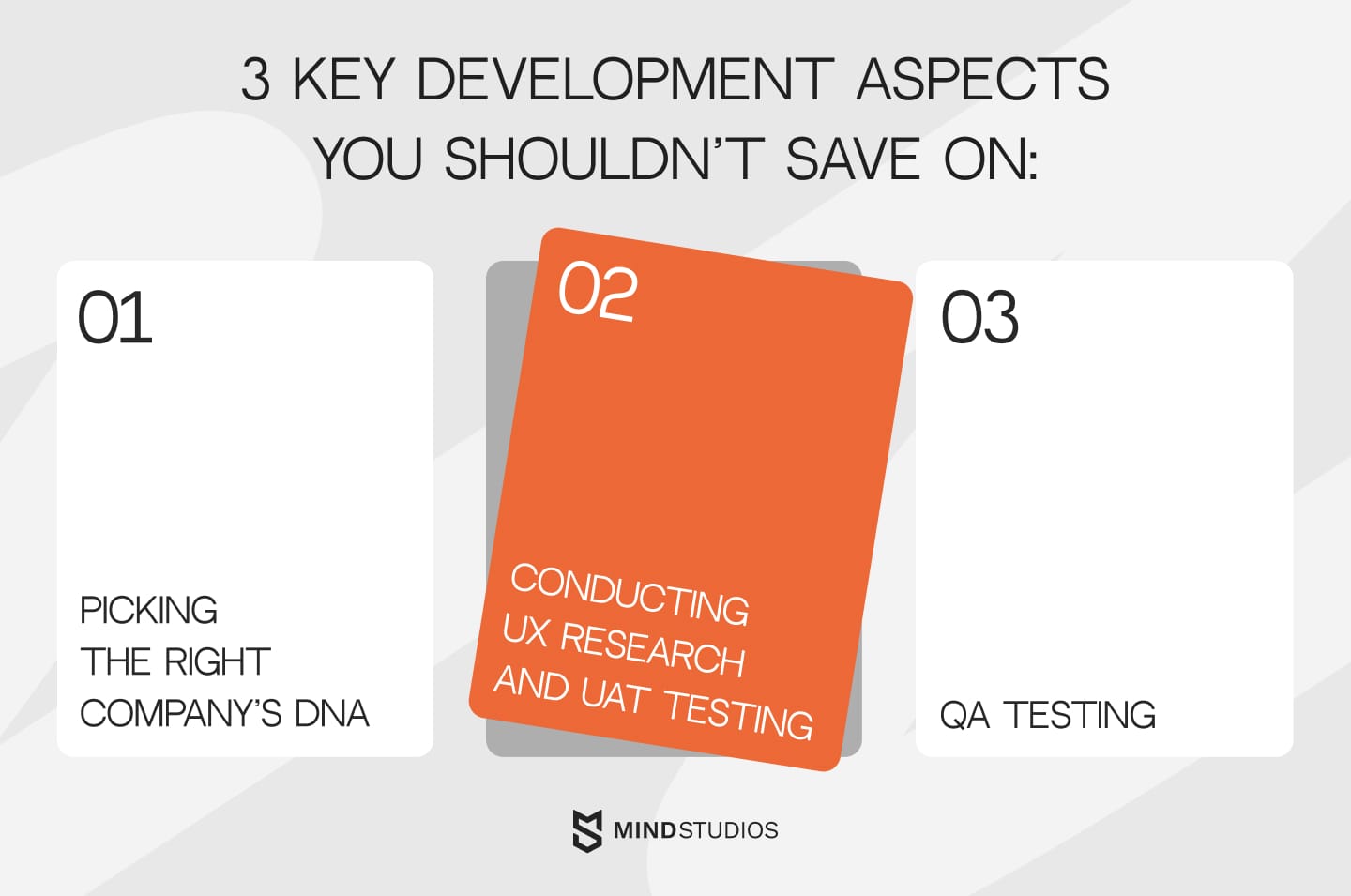
So far, we’ve analyzed how to reduce the cost to develop a mobile app. However, many companies try to save money by skipping critical steps of product development and considering certain actions unnecessary.
Our head of the business development department Anton Baryshevskyi noted that:
“Only 5% of all product innovations succeed. Admitting that your idea belongs to the other 95% after 18 months of active processing is a really tough decision[...] That’s why we at Mind Studios always focus on the discovery and idea validation stages before enrolling in any product design and development. We strive to gather extensive data about the problem, potential users, and the market to make only data-driven decisions on further product development.”
Here are three key aspects of development that require your investment and attention, as they directly impact the quality of the final product, user demand, and overall project success. Following them will help you not pay twice or even three times what you expected:
1. Picking the right company’s DNA
We’ve already mentioned that outsourcing your application development is one of the best ways to reduce the cost of mobile app development. For example, the average hourly rate for software development services in the US is $150, while it’s $25 to $55 in Eastern Europe according to Clutch. If we assume the development time doesn’t change based on the developer’s location, then this can be a fivefold decrease in the final price.
The human factor is important at every stage of application development, from validating an idea to releasing a product to the market. An idea that’s promising for the Chinese market may not stand a chance in the American and European markets. An application created by developers who have a different paradigm of thinking than the target users is also unlikely to be embraced.
The right decision is to find an outsourcing partner whose mentality resonates with that of you and your users. This will help you stay on the same page with your developers and, most importantly, with your future customers.
For this reason, American and Western European companies often outsource to Eastern Europe. Eastern European outsourcing companies offer minimal differences in mentality, a convenient time difference with overlapping working hours, and a significant difference in developers’ rates compared to Western Europe and the USA.
2. Conducting UX research and UAT testing
Following the best practices of the LEAN methodology, user experience (UX) research and user acceptance testing (UAT) are two other ways to save money on mobile app development costs. However, many companies skip this stage of development, labeling it unnecessary and something that increases the cost of a product.
In practice, UX research and UAT testing allow you to validate each of your design ideas and features, making sure your solution will meet user expectations:
User experience research allows you to reduce the cost of creating an MVP, as it allows you to analyze users’ goals, pain points, mental models, journeys, and overall first impressions.
User acceptance testing is the last stage of product development. It allows you to reassure yourself that your solution works as planned, that users can use it according to your roadmaps and concepts, and that the entire user experience is seamless. User acceptance testing also allows you to confirm the effectiveness of in-house product testing and insure yourself against the risk of releasing a poorly working solution to the market.
3. QA testing
According to Statista, 20% to 35% of development budgets are spent on quality assurance. This is a significant percentage, which may make you want to cut costs at this stage. However, in reality, testing the quality of your product does not inflate your budget. It actually saves it, because the later you find a bug in your code, the more expensive it is to fix.
Moreover, a poor-quality product is a direct threat to your reputation. 88% of users abandon apps because of bugs according to App Development Magazine. They likely won’t give your app a second chance, and bad reviews unfortunately tend to spread much faster than good reviews.
How do we estimate the cost of app development?
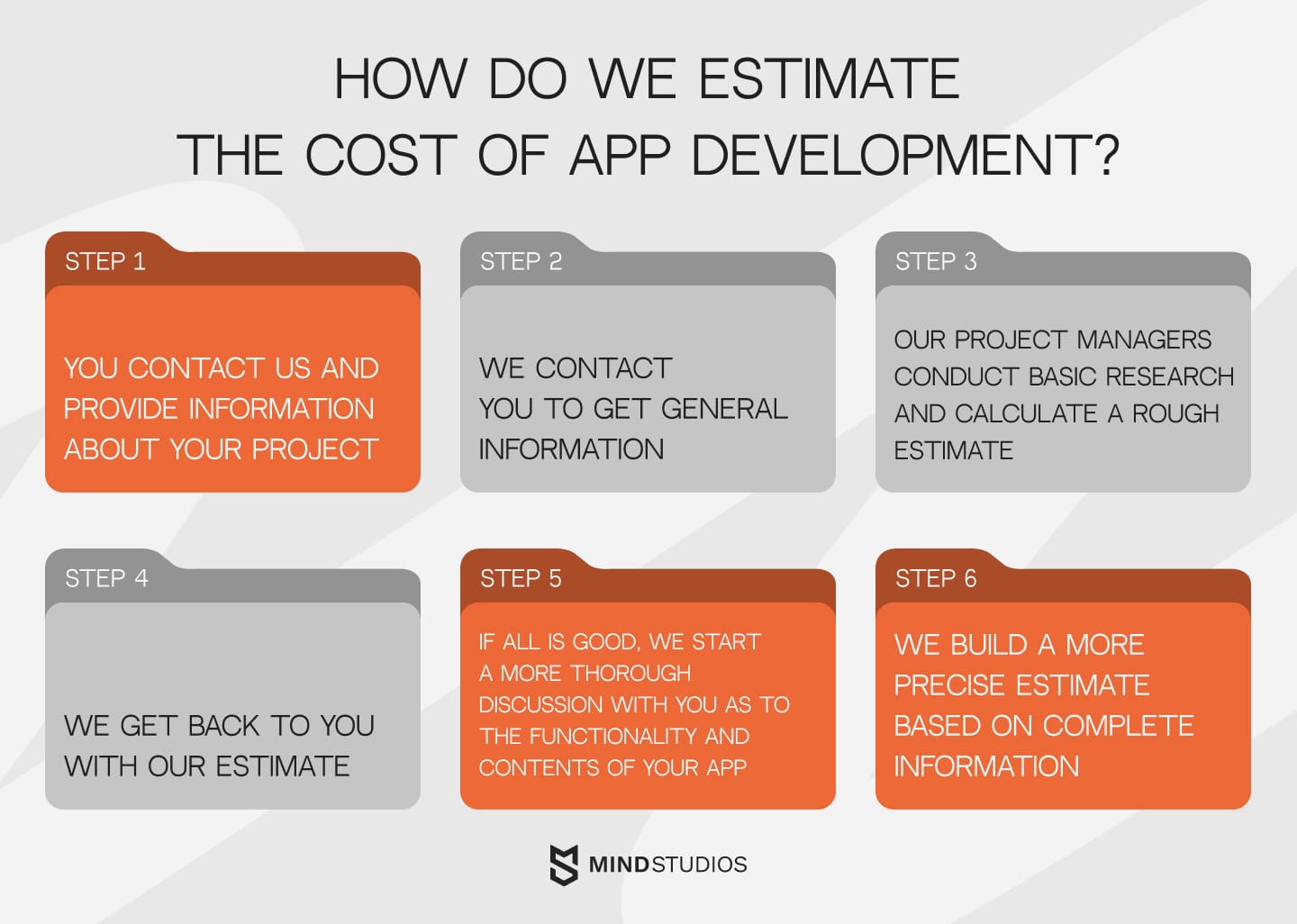
At Mind Studios, we estimate the app development cost in these 6 stages:
- You contact us and provide information about your project
- We contact you to get general information.
- Our project managers conduct basic research and calculate a rough estimate.
- We get back to you with our estimate.
- If all is good, we start a more thorough discussion with you as to the functionality and contents of your app.
- We build a more precise estimate based on complete information.
After the final estimate of the app development cost, there can still be adjustments in case new features are introduced or extra technology is required. With any changes, slight cost adjustments are possible. However, the cost generally doesn’t stray too far from the final estimate.
Before app development begins, reliable software development firms usually provide you with a rough mobile app development cost estimate. The quote is based on your project description, and business and technical requirements. This information is combined and concluded in a preliminary list of features.
It’s also worth mentioning that sometimes the initial estimates and the actual application development costs don’t meet in the end. Apart from the obvious assumption of the estimate not being correct in the first place, there is another common reason for the mismatch, and that is the change in the app development scope. This can happen if:
- The client decides to increase the number of features or make some other drastic changes to the project midway
- The MVP launch or the soft launch, during which the initial feedback is being collected, shows that the team has to make some significant adjustments or even look for entirely new solutions
Luckily, these disparities can be avoided in most cases by investing the time and money in the proper discovery stage. That’s the first thing Mind Studios’ team does after taking on a new project. During the discovery stage, we determine whether there’s actually a need for the app on the market, which features the target audience will require, and how we can make the new product stand out from the competition.
Conclusion
Native or cross-platform, simple or complex, developed in North America, Asia, or Eastern Europe — there are numerous aspects that can influence the price of building a mobile application. Even knowing how much app development costs in 2025, it’s still hard to make an accurate estimate without knowing the specifics of the project. However, in this article, we’ve covered the most common types of mobile apps, like healthcare apps, out there on the market, so that you can get a rough idea of what your project can cost you.
If you’d like to get a more accurate estimate for a mobile app you have in mind, our business development team will be happy to conduct a free consultation for you.
During the meeting, feel free to discuss your idea and ask our team any questions regarding the app development process and cost, as well as our experience of working with similar projects. We are confident that together we can build a mobile app that will meet the business goals you have set.

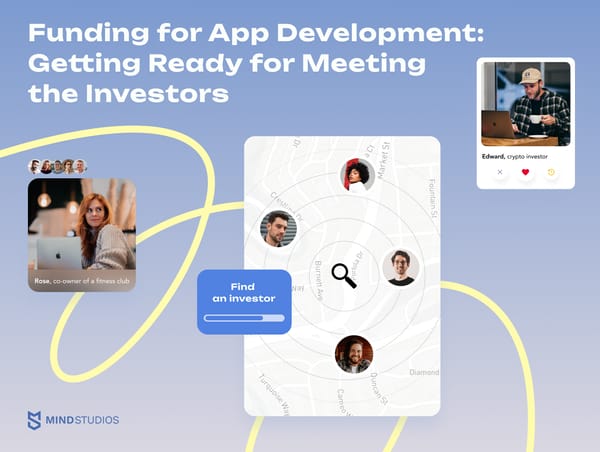
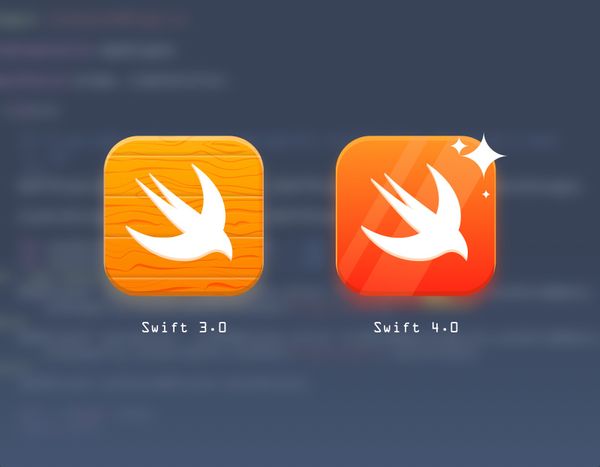
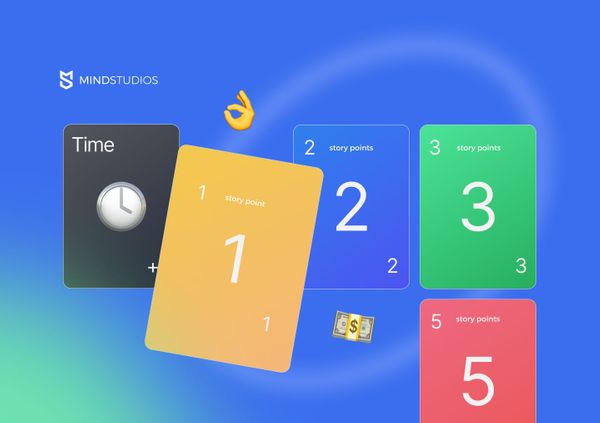

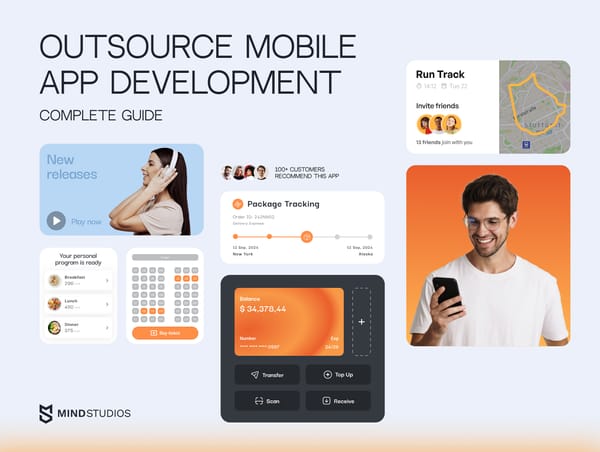

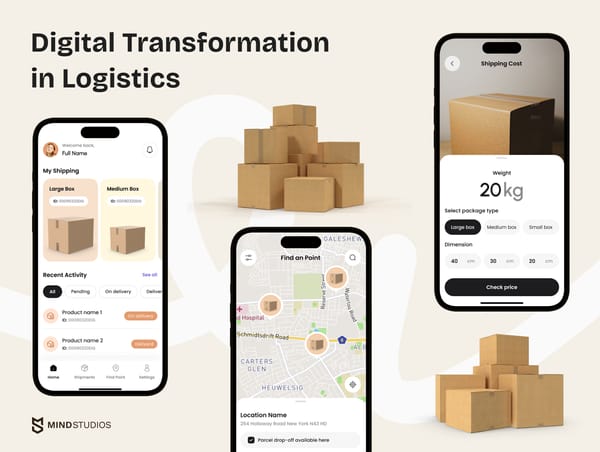
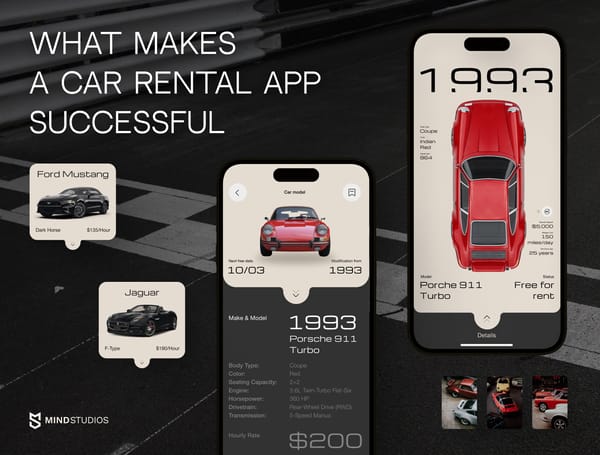
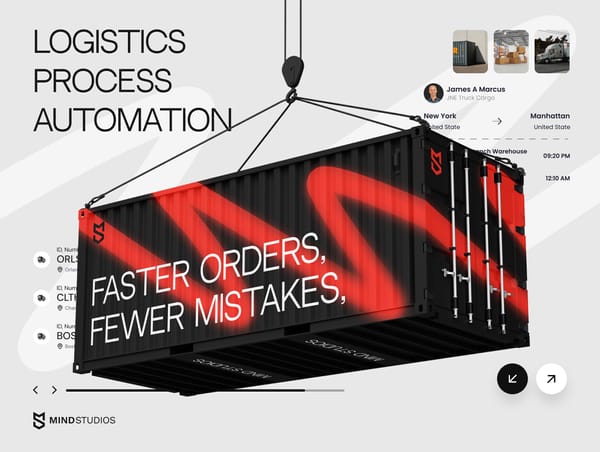
![How to Create an On-Demand Medicine Delivery App [Expert Guide]](https://themindstudios.com/blog/content/images/size/w600/2025/03/IMG-1-Cover-6.jpg)
